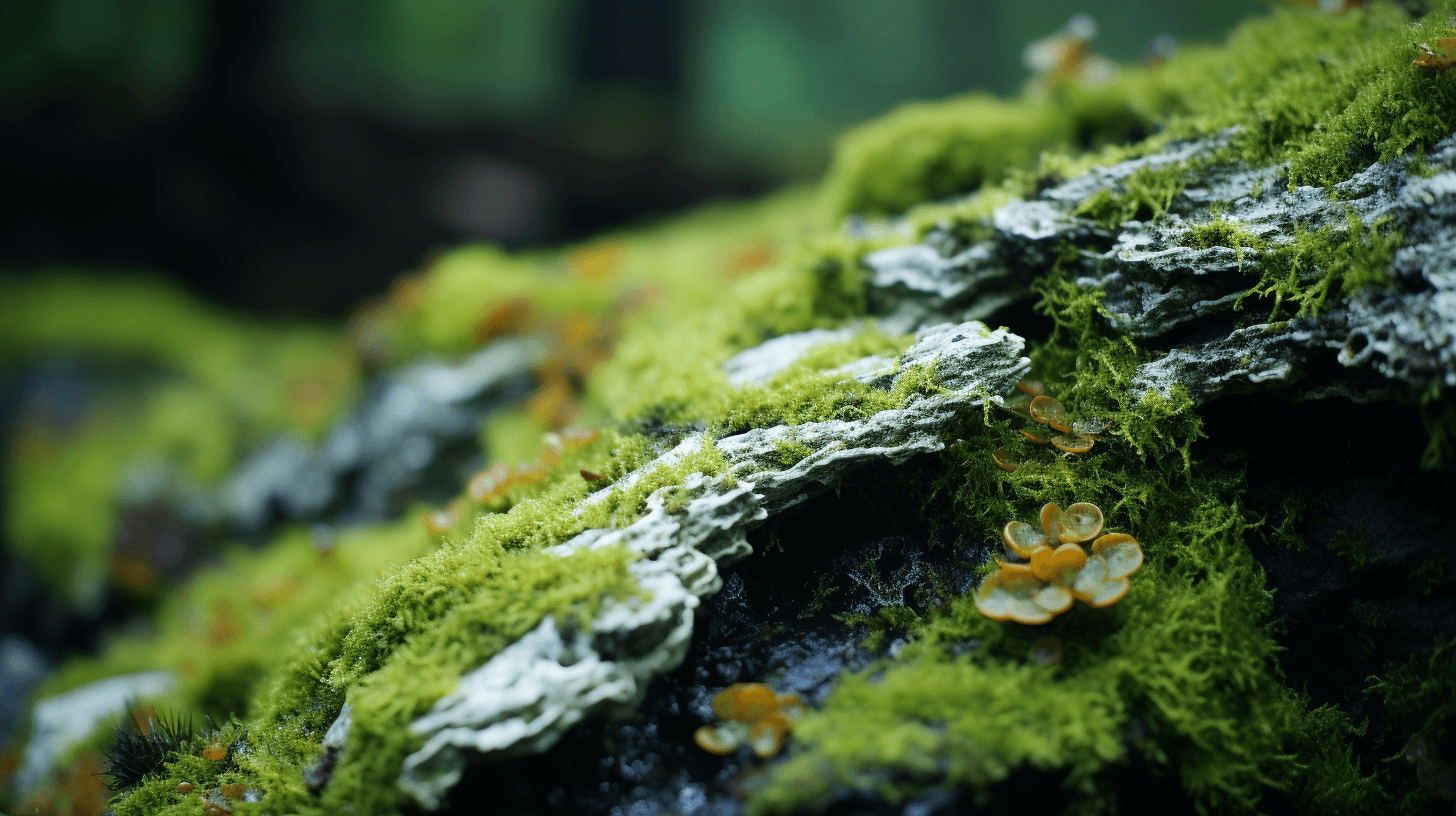Lichens: Nature's Underrated Symbiotic Marvel
When wandering in the woods, strolling across a rock-strewn path, or even observing an old building, you've likely come across a peculiar organism that bridges the divide between plants and fungi. They form intricate patterns on surfaces, flaunting vibrant hues from verdant green to ochre yellow. This niche marvel of nature is the lichen.
What are Lichens?
Lichens are remarkable symbiotic organisms that arise from the union of fungi and either algae or cyanobacteria. This collaboration allows them to survive in environments that would be hostile to either organism on its own. In essence, while the fungal partner provides a protective structure and anchors the lichen to substrates, the algal or cyanobacterial counterpart carries out photosynthesis, generating food for both.

Nature’s Weather Indicator
Lichens have long been used as bio-indicators of air quality. Their sensitivity to specific environmental pollutants, especially sulfur dioxide, makes them invaluable in gauging air health. A diverse presence of lichen indicates clean air, whereas their absence or a limited variety might suggest polluted surroundings.
Diverse Habitats and Adaptability
From Arctic tundras to scorching deserts, lichens showcase a resilience that is awe-inspiring. They're champions of survival, thriving in some of the most extreme habitats on Earth. Moreover, they possess the unique ability to go dormant during unfavorable conditions, springing back to life when conditions improve.
A Spectrum of Colors and Uses
Beyond their ecological role, lichens have been instrumental to humans in various ways. Historical records suggest their use in medicine, cosmetics, and as dyes. The famous Harris Tweed, for instance, owes its distinctive color to lichen-derived dyes.
Protecting the Unsung Heroes
Despite their ubiquity and importance, lichens are often overlooked in conservation conversations. However, as sentinels of air quality and integral components of ecosystems, protecting them is paramount. Their decline could disrupt delicate food chains, as numerous animals depend on them for sustenance, shelter, or nest-building materials.
In Conclusion
Lichens, a blend of fungi and algae or cyanobacteria, are nothing short of nature's alchemy. They remind us of the symbiotic partnerships that underpin life on Earth and the importance of unity for survival. So, the next time you encounter these miniature landscapes on your hikes or strolls, take a moment to appreciate these unassuming yet pivotal wonders of the natural world.